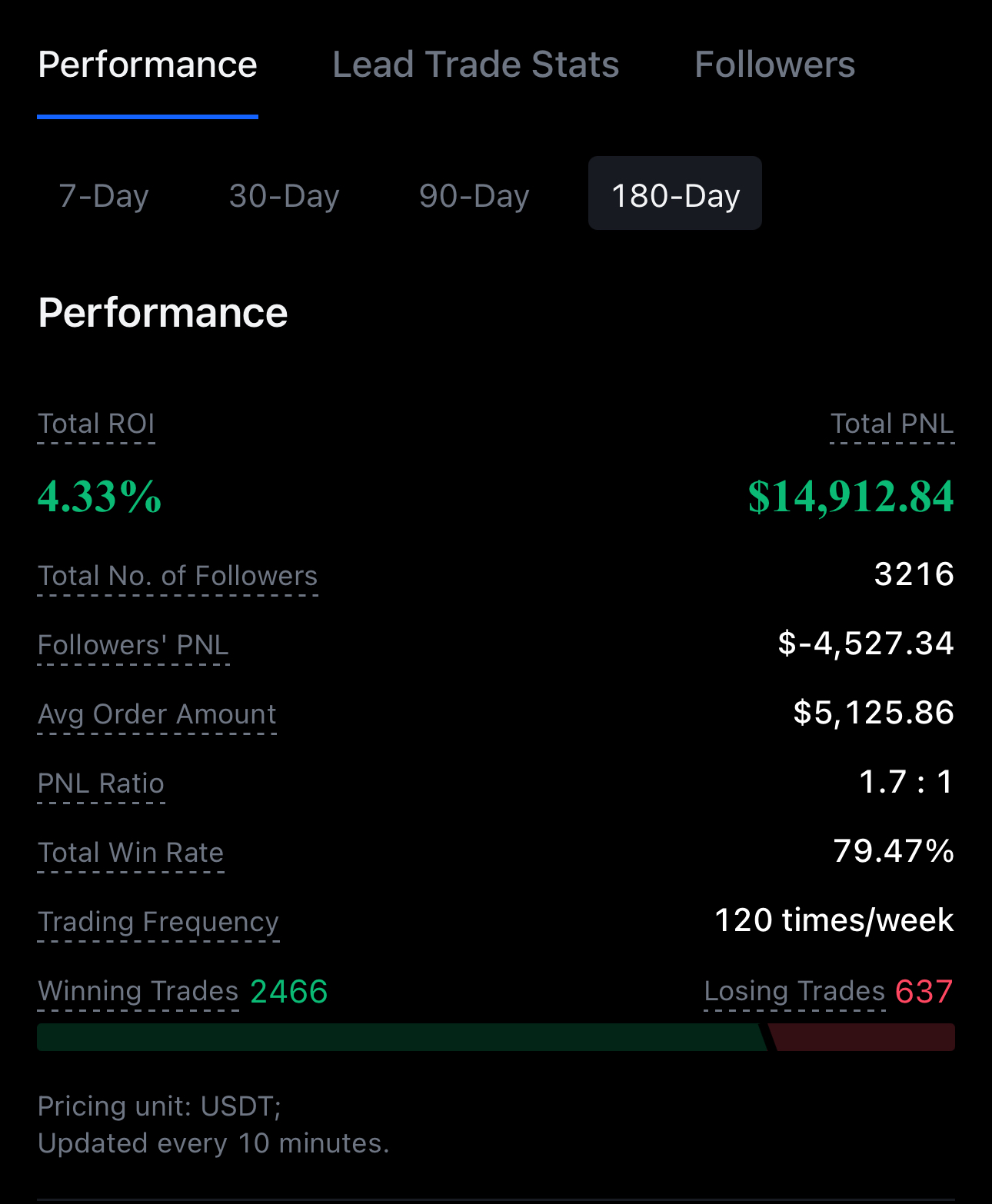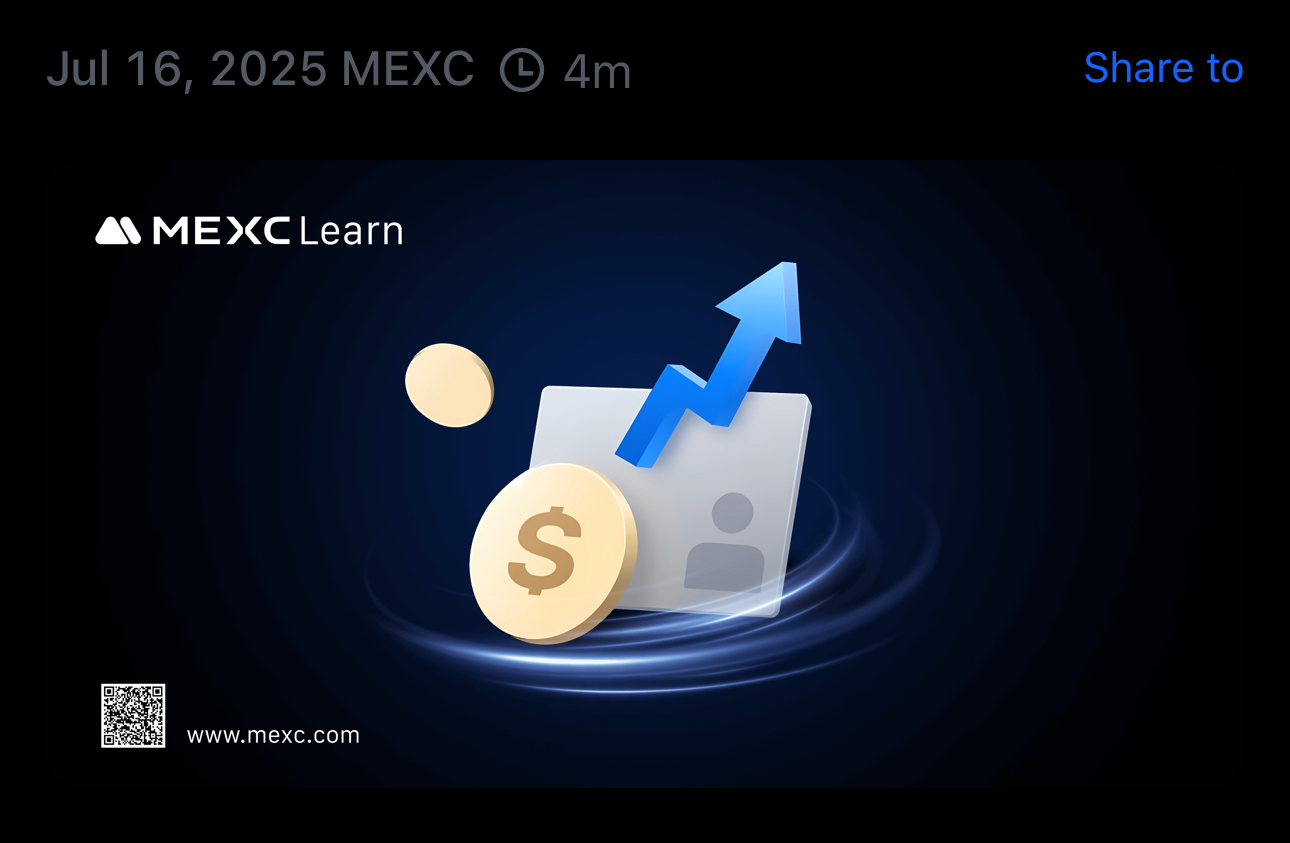Can You Really Trade Like the Pros? A Deep Dive into How Copy Trading Platforms Actually Work
In the last few years, copy trading has emerged as one of the easier means by which people can engage with rapidly changing financial markets—specifically, crypto futures. It provides a portal for investors who do not wish to handle trades individually, yet still desire exposure to trading techniques employed by more sophisticated market participants.
But as with any financial tool, copy trading needs caution, clarity, and setting up. This guide aims to clarify what copy trading is, how it functions, what users need to think about prior to utilizing it, and how various platforms organize their copy trading systems.
Copy-Trading 101
Copy trading enables you to mechanically follow the trades of another trader. As the trader opens, modifies, or closes a position, the same is copied onto your account—according to parameters you've set.
This can make participation easy for users who have little experience with trading, want automation more than making decisions manually, or would like to see how professional traders manage the market.
Nonetheless, copy trading is not risk-free. Although it makes it easier for one to gain access to active trading strategies, it entails following someone else's logic and risk appetite. This makes it imperative that users be careful about how they set up their copy settings and how hard they watch their accounts.
While the specifics are different across platforms, the majority of copy trading models have a similar format. Users first surf through a list of ranked traders, usually categorized by real-time performance statistics like ROI, win percentage, and trading volume. After a trader has been chosen, users then set copy settings—this is deciding how much capital to invest, how closely to replicate the trader's positions, and what risk settings (such as stop-loss or slippage) to use.
After configuration, automated trade execution takes place. Trades made by the selected trader are typically mirrored to the follower’s account in milliseconds or seconds, depending on the platform’s infrastructure. Finally, users are expected to engage in ongoing monitoring and management. Most platforms allow copy traders to pause, modify, or unfollow at any time, offering flexibility in response to market changes or shifts in trader performance.
MUST DO’s Before Copy Trading
While copy trading may reduce technical barriers, it doesn’t eliminate risk. Keep the following in mind:
1. Risk Misalignment
Not all traders operate with your same level of risk tolerance. Some may use high leverage or take aggressive positions.
2. Past ≠ Future
Even top-ranked traders can experience drawdowns. Performance metrics help, but they’re not guarantees.
3. System Design
Some platforms offer limited control, while others allow deeper customization of risk and trade parameters.
4. Capital Requirements
Minimum allocations vary by platform—some allow micro-trades, while others set higher thresholds.
Know Your Trader
When selecting someone to copy, dig deeper than rankings. A user must look for consistent ROI over time, learn to review and analyze win/loss ratio and drawdown history. Not to mention, check their trading frequency and asset pairs. If applicable, it’s ideal to also understand their profit-sharing structure.
Some platforms also provide full trade histories or performance graphs—use them to assess whether the strategy fits your goals.

Platforms That Offer Copy Trading
Several centralized trading platforms offer copy trading services. While the core functionality—mirroring a trader’s actions—remains consistent, platforms differ significantly in customization, trader transparency, risk controls, and user accessibility. Few of the most popular ones known in the Philippines are: ByBit, eToro, and BitGet.
Meanwhile, in recent years, MEXC Ventures sets an example by making their platform’s service distinguishable through its configuration depth, lower entry barrier, and integrated user guidance. They offer a platform that provides three copy modes tailored to user preference: Smart Ratio allows users to copy trader positions proportionally; Fixed Amount allocates the same margin per trade; whereas Fixed Ratio multiplies trader positions based on a defined ratio. Furthermore, it features advanced risk settings that enables users to independently set stop-loss thresholds, margin caps, leverage parameters, and slippage controls
Another key advantage of their copy trading system is its low capital requirement, with a minimum copy trade size of only 0.01 USDT allowing users to test strategy with minimal capital exposure. The platform also provides real-time control, with the ability for users to stop, unfollow, or adjust copy settings at any time without disturbing in-progress positions. Additional features, the platform offers clear trader profiles—keeping its interface data-heavy with insights on ROI, win rate, trading frequency, and profit-sharing rates, assisting in assessing consistency and risk. To better assist new users, MEXC Ventures even added step-by-step in-app onboarding that guides the entire setup and configuration procedure, simplifying navigation even for first-time copy traders. In addition to this, they also keep community immersion alive through their Super Community.

These aspects make it highly suitable for users who want more control over how copy trades are performed, particularly when trading futures. Instead of confining users to one copy logic or fixed allocation, the platform focuses on user-allocated risk alignment, which may prove very important in highly volatile markets.
Always Proceed With Caution
Copy trading can be a helpful tool for simplifying engagement with complex markets—but it’s not a replacement for due diligence, risk awareness, or financial education.
When used responsibly, it can serve as a learning opportunity or supplemental strategy. But like any system that automates decision-making, the key lies in understanding who you’re copying, how the platform works, and how much risk you’re truly assuming.
.svg)


.svg) SHARE TO FACEBOOK
SHARE TO FACEBOOK SHARE TO TWITTER/X
SHARE TO TWITTER/X SHARE TO LINKEDIN
SHARE TO LINKEDIN SEND TO MAIL
SEND TO MAIL





.svg)


.svg)